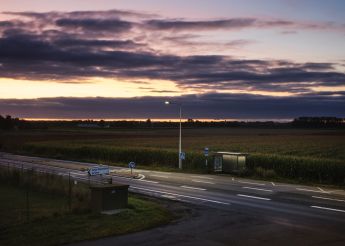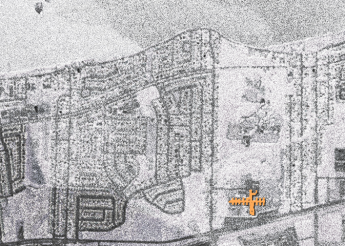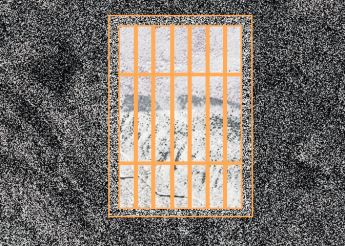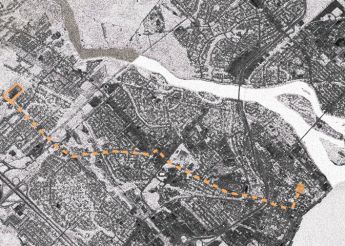
Explore
France: Is prison a business like any other?
Does having a prison in a region represent a money-making venture? Does it generate jobs? Does it increase the total amount of funds granted to a municipality?
< image © Mélanie Bouteille
— “Speaker’s Corner” series (1)
Residents and citizens feel differently about a prison in the city centre to one pushed to the outskirts, be it an old or a newly built prison. Its location, accessibility, the region it covers and its links with its social and economic surroundings have a decisive impact on the conditions of detention inside.
Hidden prison, modern prison, dilapidated prison, “open” prison: wall to wall, Prison Insider investigated the links between city and prison. In partnership with Rescaled, we gave a number of different people a space to share their point of view.
CONSTRUCTION PLANS for prisons are ongoing and similar. Although they are supported by successive majorities, they often run up against the reluctance of elected officials and local residents. Some people are in favour of prisons being located in their municipalities for economic reasons. Do these reasons stand up to scrutiny?
Isabelle Leroux is maître de conférences in economic science at the University of Angers. Her interest is in the economic and social impact that a prison can represent for a region. Prison Insider asked her three questions.
Residents often have an exaggerated perception of the risks involved in living near a prison
Making people from the host municipality believe that they will benefit economically from the establishment of a prison is a source of disappointment and conflicts later on
Building a prison in a rural region away from all sources of manpower and in the absence of transit could lead to failure and an experience not to be repeated
Bibliography
Isabelle Leroux references:
-
Leroux I., Rigamonti E. (2020), “Les nouvelles prisons françaises, objets de développement économique local ? Socio-économie des impacts sur la commune d’accueil et nouveaux enjeux de territorialité“, Criminocorpus, Espaces de détention : territoires, patrimoines et lieux vécus..
-
Leroux I. et Rigamonti E, “Pour une lecture institutionnaliste de l’acceptabilité locale d’un établissement carcéral”, Économie et institutions (En ligne), 25 | 2017, mis en ligne le 10 septembre 2018 ; DOI
-
Leroux I., Rigamonti E. (2018), “L’inefficience des partenariats public/privé appliqués aux prisons françaises”, Revue d’Economie Industrielle, [En ligne], 162 | 2e trimestre 2018, mis en ligne le 15 juin 2020. DOI




